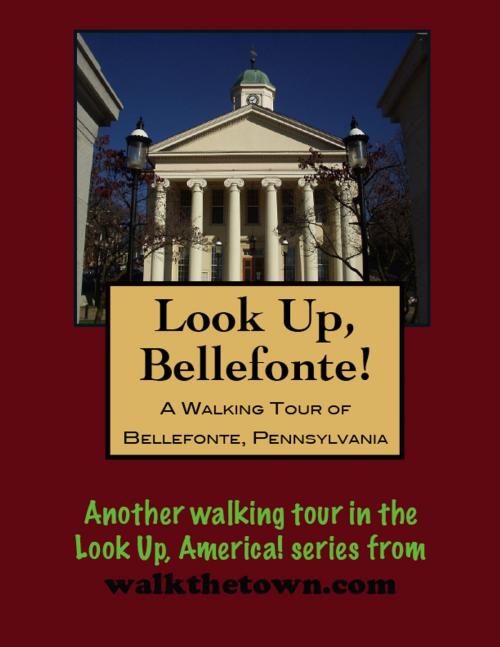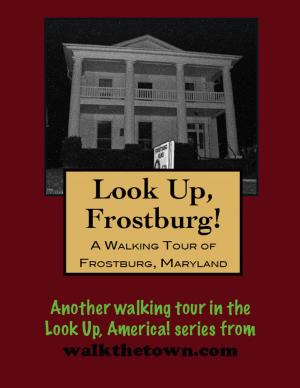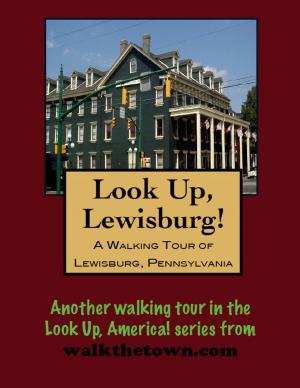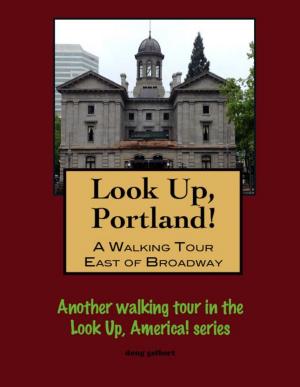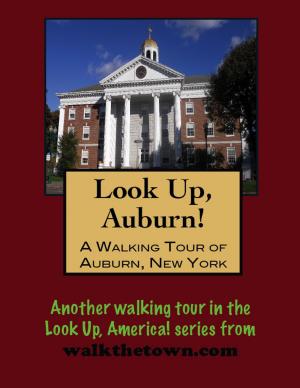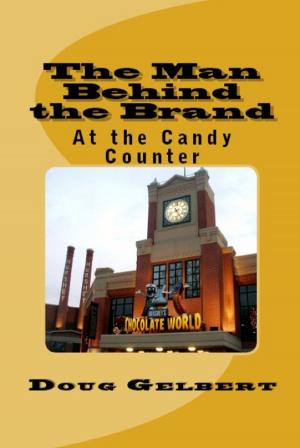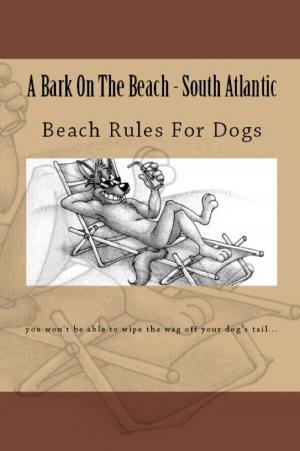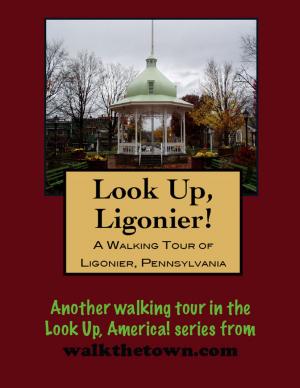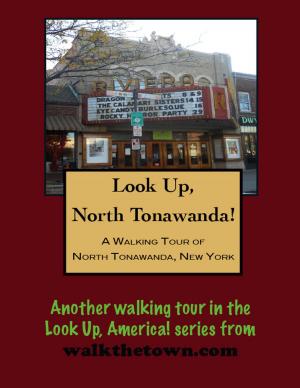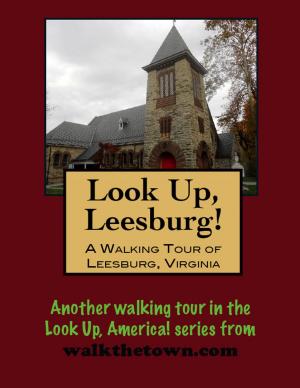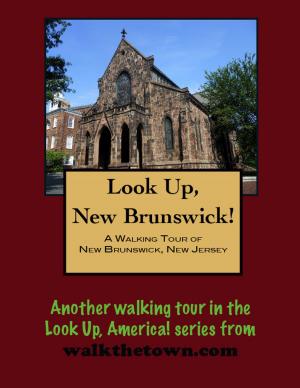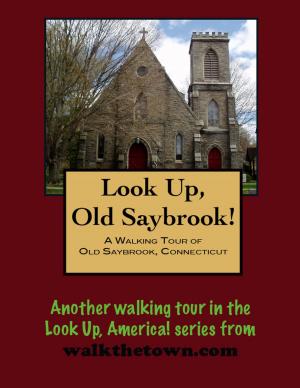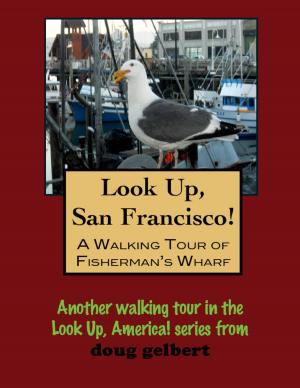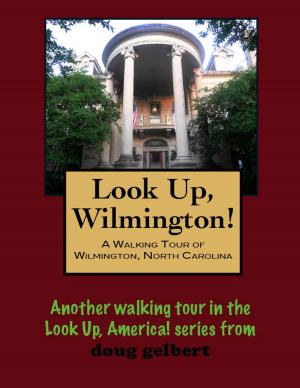| Author: | Doug Gelbert | ISBN: | 9781458110251 |
| Publisher: | Doug Gelbert | Publication: | January 29, 2011 |
| Imprint: | Smashwords Edition | Language: | English |
| Author: | Doug Gelbert |
| ISBN: | 9781458110251 |
| Publisher: | Doug Gelbert |
| Publication: | January 29, 2011 |
| Imprint: | Smashwords Edition |
| Language: | English |
There is no better way to see America than on foot. And there is no better way to appreciate what you are looking at than with a walking tour. Whether you are preparing for a road trip or just out to look at your own town in a new way, a downloadable walking tour is ready to explore when you are.
Each walking tour describes historical and architectural landmarks and provides pictures to help out when those pesky street addresses are missing. Every tour also includes a quick primer on identifying architectural styles seen on American streets.
Bellefonte lies in a spot where an enormous mountain spring that emits as much as 13.5-million gallons a day -- enough to supply a 17-foot-wide stream. In 1785, William Lamb used that water to power a flour mill. The community that developed around the mill was known as Lamb’s Crossing.
Lamb sold his mill, the spring, and 800 acres in the 1790s to James Dunlop, an ironmaster from Cumberland Valley. Soon James Harris and James Dunlop, his father-in-law, laid out, block by block, a village they called “Big Spring.” Tradition holds that the town was named “Bellefonte” by Nancy Harris, Dunlop’s daughter and James’ wife. It happened during a visit by the French diplomat Charles Maurice de Talleyrand. When Mrs. Harris showed him the massive spring, he exclaimed, “La belle font!” and that, she thought, was a most appropriate name for the town. Others believe the name sprouted from the Bell Fonte forge that was operating at the time.
Bellefonte, rich with iron-industry money, became the most influential town in Pennsylvania between Pittsburgh and Harrisburg. Its big-city trappings included six opera houses, and at one point, two daily and five weekly newspapers. The Centre Democrat, founded by General Philip Benner in 1827, was one of the oldest weekly newspapers in the United States
Early on Bellefonte battled the larger Milesburg for the county seat and a display of superior political muscle landed the Centre County government in Bellefonte in 1805. The first county court house--an unpretentious two story stone building--was erected on the site of the present court house. Bellefonte was to become a political breeding ground in the 19th century - five Pennsylvania governors hailed from the town in the 1800s.
The business district that developed about the Diamond (directly in front of the courthouse) is one of Pennsylvania’s most eye-catching. Our walking tour will get there soon enough but we’ll start near the historic Big Spring, one of the ten largest springs in the Commonwealth, that gave birth to the town...
There is no better way to see America than on foot. And there is no better way to appreciate what you are looking at than with a walking tour. Whether you are preparing for a road trip or just out to look at your own town in a new way, a downloadable walking tour is ready to explore when you are.
Each walking tour describes historical and architectural landmarks and provides pictures to help out when those pesky street addresses are missing. Every tour also includes a quick primer on identifying architectural styles seen on American streets.
Bellefonte lies in a spot where an enormous mountain spring that emits as much as 13.5-million gallons a day -- enough to supply a 17-foot-wide stream. In 1785, William Lamb used that water to power a flour mill. The community that developed around the mill was known as Lamb’s Crossing.
Lamb sold his mill, the spring, and 800 acres in the 1790s to James Dunlop, an ironmaster from Cumberland Valley. Soon James Harris and James Dunlop, his father-in-law, laid out, block by block, a village they called “Big Spring.” Tradition holds that the town was named “Bellefonte” by Nancy Harris, Dunlop’s daughter and James’ wife. It happened during a visit by the French diplomat Charles Maurice de Talleyrand. When Mrs. Harris showed him the massive spring, he exclaimed, “La belle font!” and that, she thought, was a most appropriate name for the town. Others believe the name sprouted from the Bell Fonte forge that was operating at the time.
Bellefonte, rich with iron-industry money, became the most influential town in Pennsylvania between Pittsburgh and Harrisburg. Its big-city trappings included six opera houses, and at one point, two daily and five weekly newspapers. The Centre Democrat, founded by General Philip Benner in 1827, was one of the oldest weekly newspapers in the United States
Early on Bellefonte battled the larger Milesburg for the county seat and a display of superior political muscle landed the Centre County government in Bellefonte in 1805. The first county court house--an unpretentious two story stone building--was erected on the site of the present court house. Bellefonte was to become a political breeding ground in the 19th century - five Pennsylvania governors hailed from the town in the 1800s.
The business district that developed about the Diamond (directly in front of the courthouse) is one of Pennsylvania’s most eye-catching. Our walking tour will get there soon enough but we’ll start near the historic Big Spring, one of the ten largest springs in the Commonwealth, that gave birth to the town...
